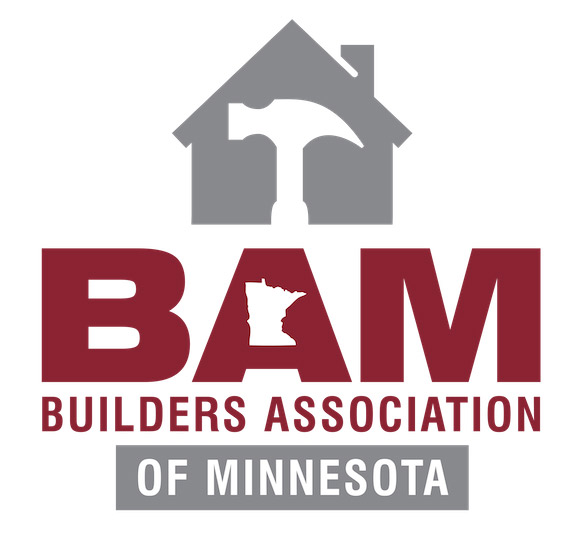NEW HOMES ARE THE SAFEST
Saint Paul, MN, April 16, 2014 – An article by Bill Mund, president of the Minnesota State Fire Chiefs Association was recently published, and he’d like you to be believe new homes are not safe. He’d also like you to believe that requiring all new homeowners to install indoor home sprinkler systems is the silver bullet for fire deaths in Minnesota. He claimed, “with 20 house fire deaths in the first 15 weeks of 2014, Minnesota is on pace toward… the worst year on record for fire deaths.” However, safety in new home construction in Minnesota is the highest its ever been, and the numbers prove it’s something to celebrate.
The fact is, Minnesota’s new homes are the safest homes, and home indoor sprinkler systems are not needed. If you look at the report on fire deaths in Minnesota produced by the State Fire Marshal, there’s no information on whether the dwellings were single family, the report does not state whether smoke detectors were present, and it does not track in what year the housing unit was built. What’s important about the year the house was built is that as of 2003, all new single-family homes are required to be built with the latest fire protections including hardwired, battery-backed up, interconnected (when one sounds they all sound) smoke detectors throughout the home.
What’s even more interesting is that when BAM did the research we found was there have been no fire deaths in homes built after 2004. Zero. What that says is fire protections required in new homes are working.
A mandate of home indoor sprinkler systems has been rejected by 41 states nationwide and only one state, California, has adopted the requirements. All of Minnesota’s border states have rejected the mandate, because not only is it unnecessary, but it’s costly as well. A home indoor sprinkler system would increase the cost of a house by $9,000 to over $15,000 if the home is not on municipal water system.
According to several scientific surveys, 87% of Minnesotans say they don’t want sprinkler systems to be forced on them. They would prefer to be free to choose. Twice, the Minnesota Legislature has, with overwhleming bipartisan support, sent the Governor a bill to stop the mandate. Twice, the Governor vetoed the bill and the will of the people. And twice, a technical advisory committee assembled by the Minnesota Department of Labor and Industry to amend the IRC for Minnesota voted to remove the mandate from the code.
There are 1.3 million existing homes in Minnesota, and older homes are where fire deaths happen. If all residential dwellings had working smoke detectors, according to the National Fire Protection Agency (NFPA), residents would have a 99.45% chance of survival. The NFPA published a report in 2011 that states the survival rate with hardwired smoke detectors is up to 99.59%.
If the fire chiefs really wanted to make a difference and improve residential fire safety, they would be focusing on the existing housing stock. Older homes don’t have the latest fire protections that new homes do. The fact is the Minnesota Residential Building Code has been improving the safety of Minnesota’s homes. Look at Minnesota’s fire death data and you’ll see it’s trending down.
The Builders Association of Minnesota is not against safety – far from it. We are required by law to warrant our work for 10+ years, and we are dedicated to providing the safest and best houses for Minnesotans. We oppose this mandate because there is little to no data to show that a five-figure cost will add more safety, and as a result we feel the need to stand up for our homebuyers. For more information visit www.nosprinklermandatemn.com.
As an interesting footnote, the discussion about mandating home indoor sprinkler systems in new construction is happening only because fire sprinkler manufacturers regulated their way into the building code. In 2006, the International Code Council (ICC) gathered in Minneapolis to vote on new code proposals for the 2009 International Residential Code. Fire officials from around the nation participated in the event, and, by mandating the installation of fire sprinklers as a requirement in the new code, they supported the fire sprinkler manufacturers and their products.
The ICC has since changed its rules to avoid a special interest buying its way into the code, but, at the time, fire sprinkler manufacturers got away with it, and what a coup. Think of the revenue they stand to make by requiring their product in the building code.
ABOUT BAM: The Builders Association of Minnesota is a St. Paul-based trade association representing 3,000 members involved in home building, remodeling, multifamily construction, and other aspects of residential and light commercial construction industry. BAM is the state builders association affiliated with 13 local associations throughout the state and the National Association of Home Builders as a charter member. www.bamn.org
